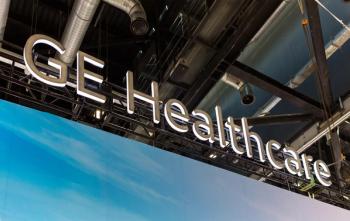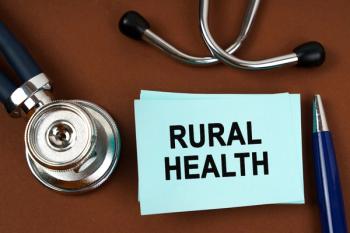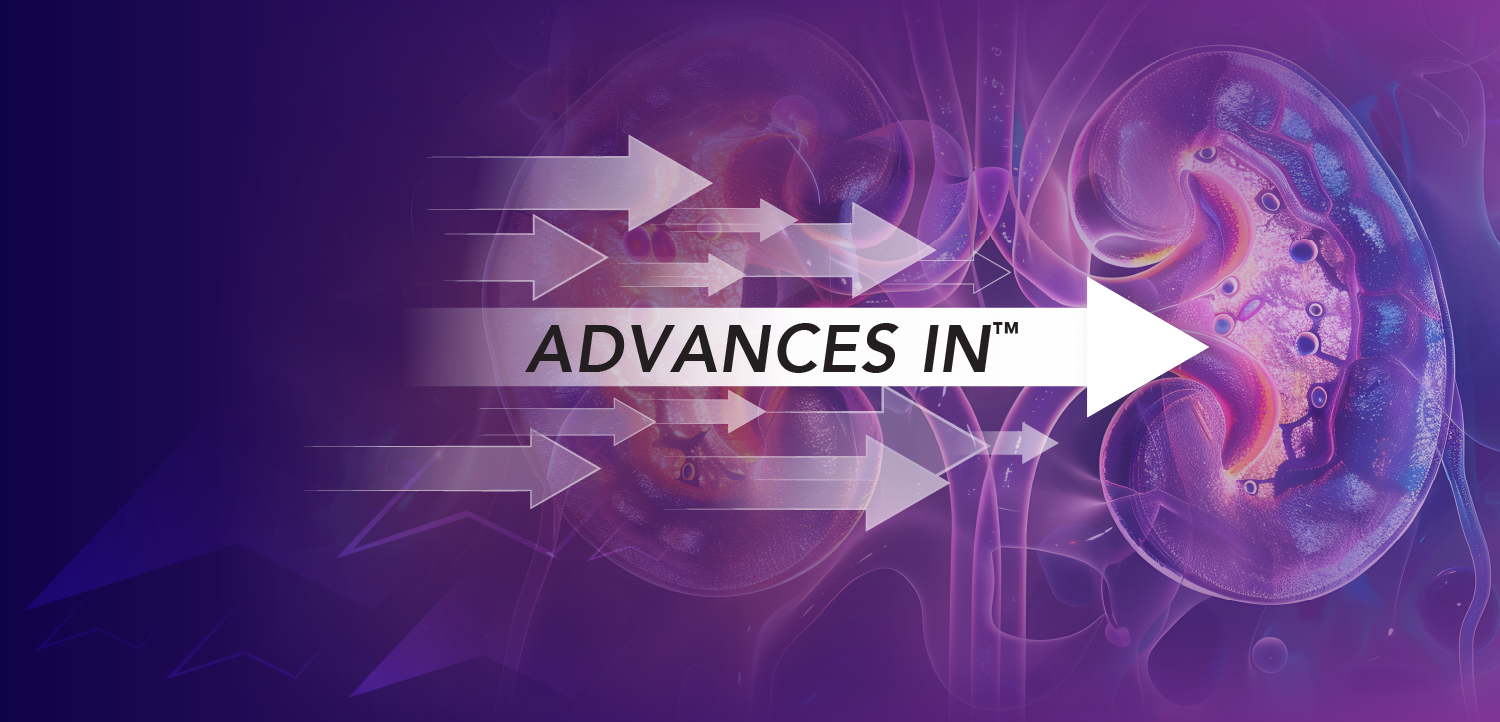
RPM and Medicare in 2026: The case for documentation
Potential changes for remote physiologic monitoring and remote therapeutic monitoring in the 2026 Medicare Physician Fee Schedule.
Thorough documentation is essential for demonstrating patient benefit, device usage, and outcomes in
Medical Economics: How would you describe the importance of documentation in RPM programs?
Lucienne Marie Ide, MD, PhD: Documentation is all of our friend, because it's really demonstrating what patients are being enrolled, what benefit they are gaining from the program, what kind of device they're using. And you know, last fall, we saw a report come out of OIG (U.S. Department of Health and Human Services Office of Inspector General) talking about RPM programs and sort of their assessment and some concerns they had, and I think a lot of those concerns can be addressed through documentation. And you know, nobody loves documentation. I know my physician colleagues may not like that I'm saying that. But the more data that's captured and reported to CMS, the better job we can do on analyzing that data and demonstrating the impact of the program. And so I think data such as what diagnosis, what kind of device and what was the outcome, is really important to build the case long term for these modalities of care to continue to be reimbursed.
Newsletter
Stay informed and empowered with Medical Economics enewsletter, delivering expert insights, financial strategies, practice management tips and technology trends — tailored for today’s physicians.

















